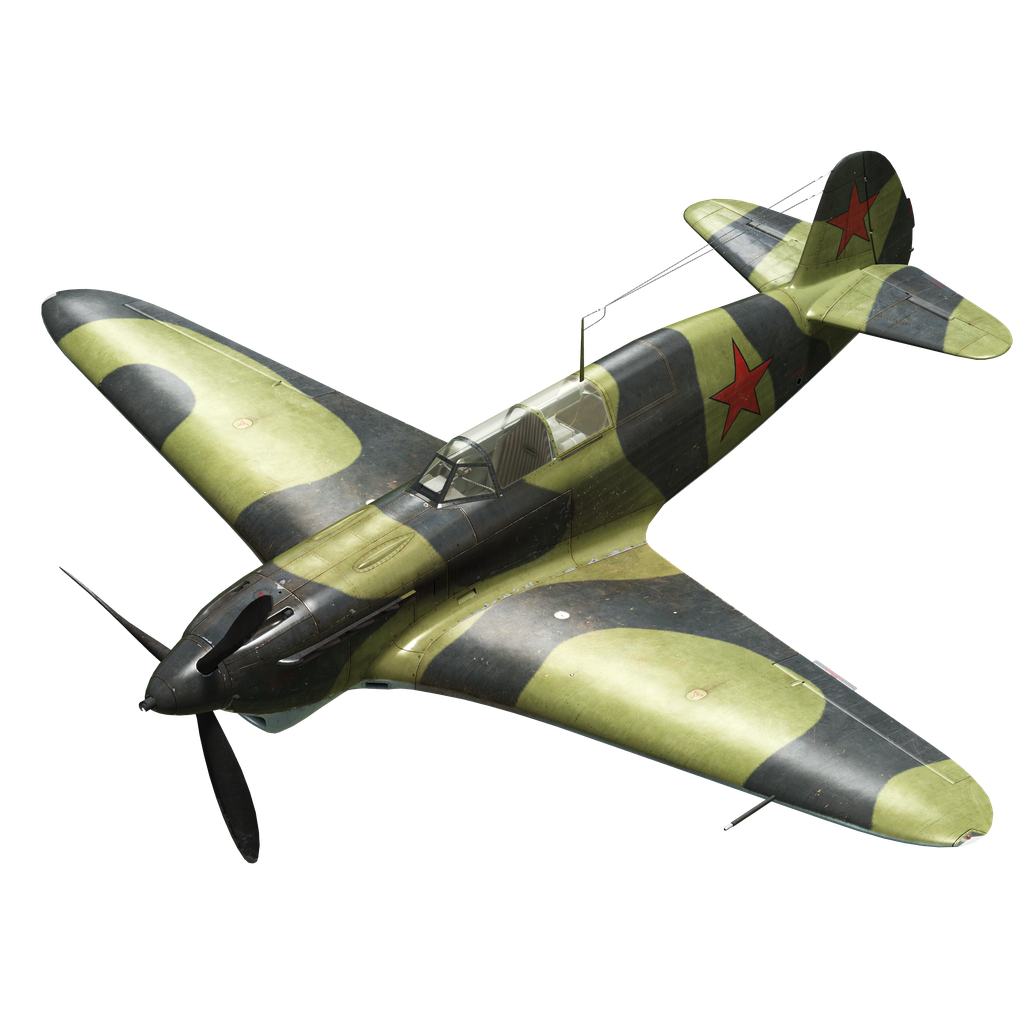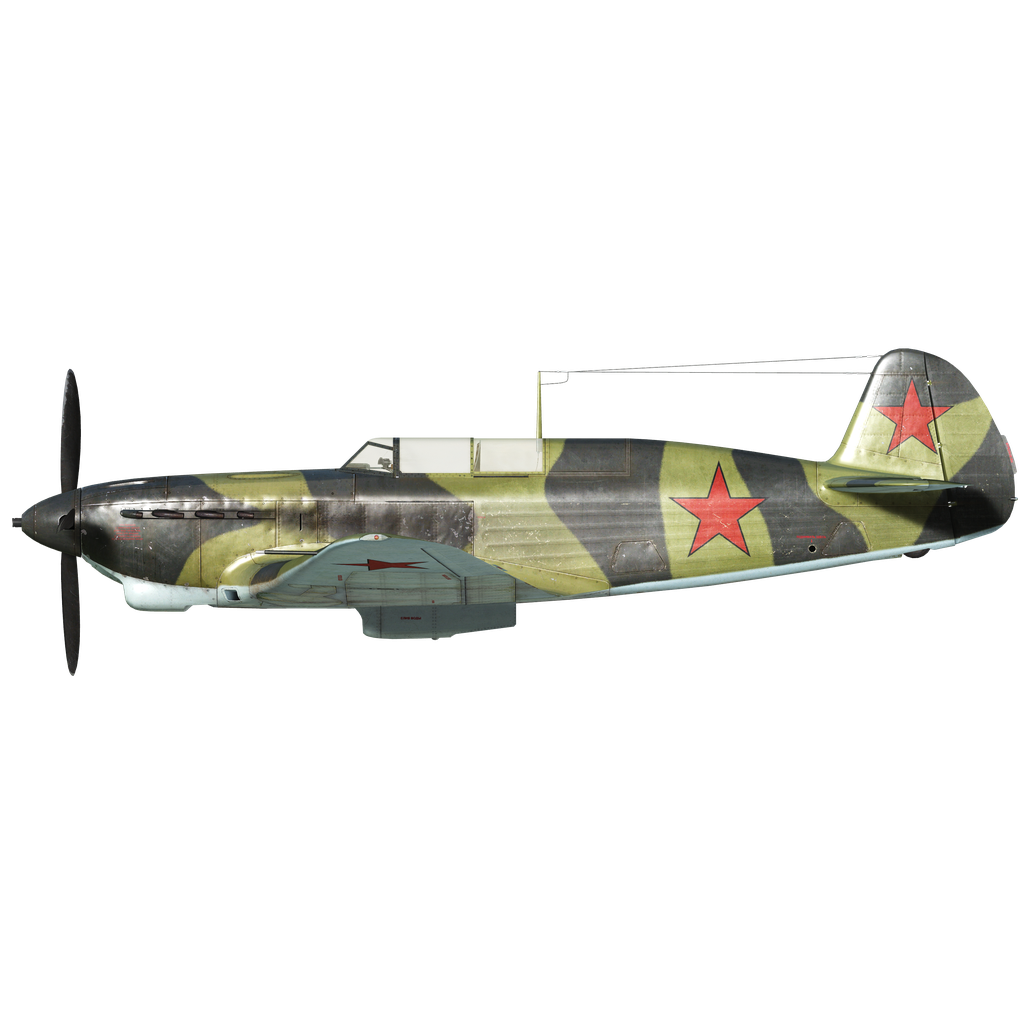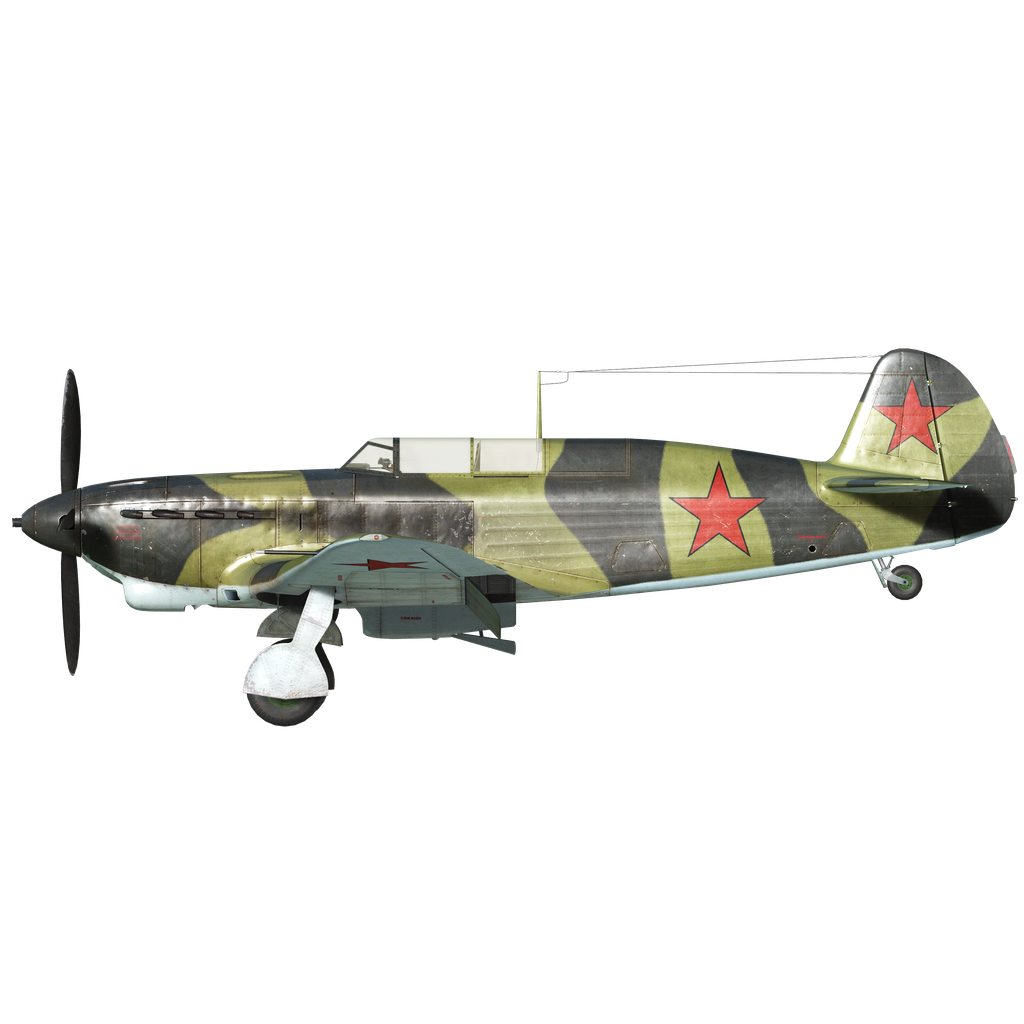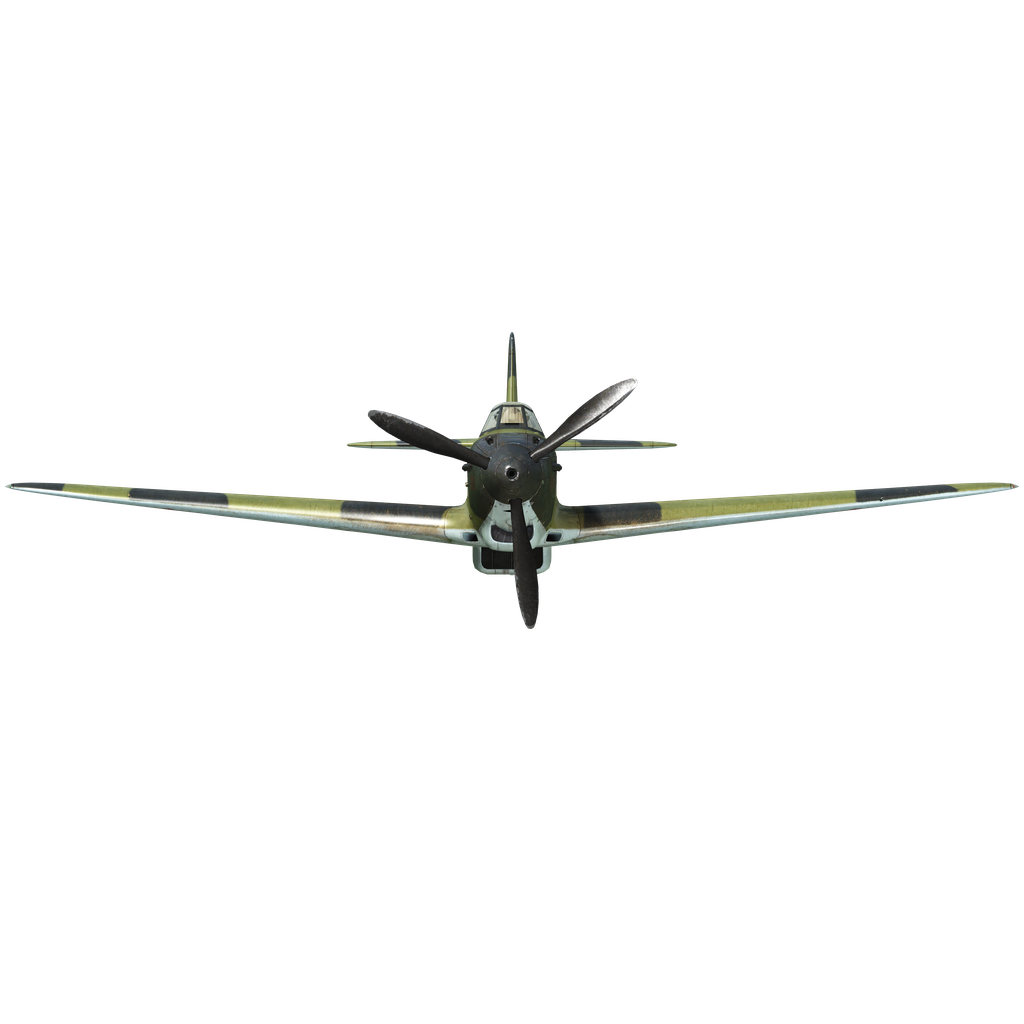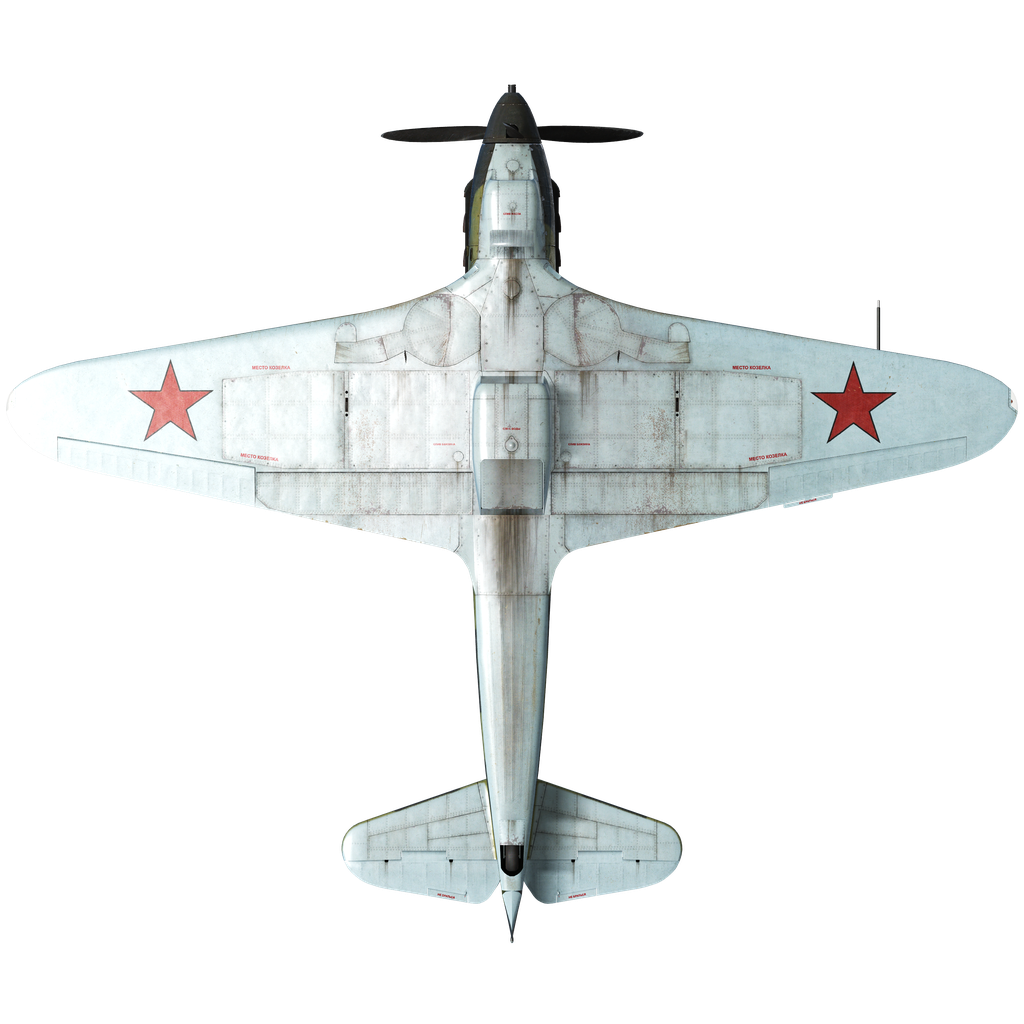The design bureau of the Deputy People's Commissar for the Aircraft Industry Yakovlev was among those involved in creating a new generation of combat aircraft in the USSR, working on the I-26 project. The specialization of the design bureau, which had previously created sport aircraft, had a positive impact on the project. The fighter was to have high speed and maneuverability thanks to efficient aerodynamic design and a rational layout with all large masses near the center of gravity.
The prototype flew for the first time on January 13, 1940 and turned out to be "crude": the tests were accompanied by continuous failures, accidents, and even disasters. If Yakovlev had not been a deputy people's commissar, the story of this fighter would probably have ended at the factory testing stage, but due to the use of administrative resources, the aircraft, which was given the name Yak-1, not only entered state tests, but in 1940 was put into mass production even before they were carried out. As a result, it had several major defects, which, however, did not change its overall high rating. During production, the design was continually modified to reflect combat experience.
In March 1941 a two-seater training version of the Yak-7 was produced to train pilots for Yak aircraft, but the lack of fighters at the front naturally led to the idea of converting the training version into a single-seater combat version: this was the Yak-7, and later its modifications Yak-7, 7A, and Yak-7B.
The Yak-7B was a single-seat front-line fighter monoplane with a low wing of wooden construction and a retractable two-strut landing gear with a tail wheel that was also retractable. Some equipment was removed from the aircraft to lighten the structure, and internal sealing of the fuselage compartments was introduced. The fuselage was mounted on a welded metal frame that was integral with the engine mount.
The water-cooled M-105PF engine was equipped with improved intake ducts to better utilize the manifold pressure and increase the altitude limits. It developed 1240 shp at takeoff and 1200 shp at an altitude of 4000 m.
Armament included a 20 mm cannon mounted in the engine cylinder block and firing through the hollow shaft and propeller transmission, and two UBS heavy machine guns. Racks for two bombs of 50 or 100 kg could be fitted under the wings.
A total of 5,120 Yak-7Bs fitted with the M-105PF engine were produced: they took part in combat for the first time in August 1942 near Stalingrad. The pilots, evaluating the combat qualities of the Yak-7B based on their experience, noted that in terms of flight-tactical data and armament, it was the best fighter of the Air Force at the beginning of 1943. At the same time, its disadvantages were also noted: it was heavy, which made it difficult to gain speed quickly; it had high drag due to the water and oil radiators; and it had no rear view due to the high-back fuselage and space for a second cockpit. They also noted the low power of even the forced induction engine.
Pilots and technicians continued to love this aircraft for its lightness and ease of operation, as well as ease of maintenance, characteristic of the Yakovlev family of fighters. The presence of free space instead of the second cockpit made it possible to transport equipment during relocation.
Used sources:
V. Shavrov “History of aircraft designs in the USSR 1938-1950.” 1988
M. Nikolsky “Yak-fighter” Aviation and Cosmonautics magazine No. 5-5 1999
Materials from the site airwar.ru
